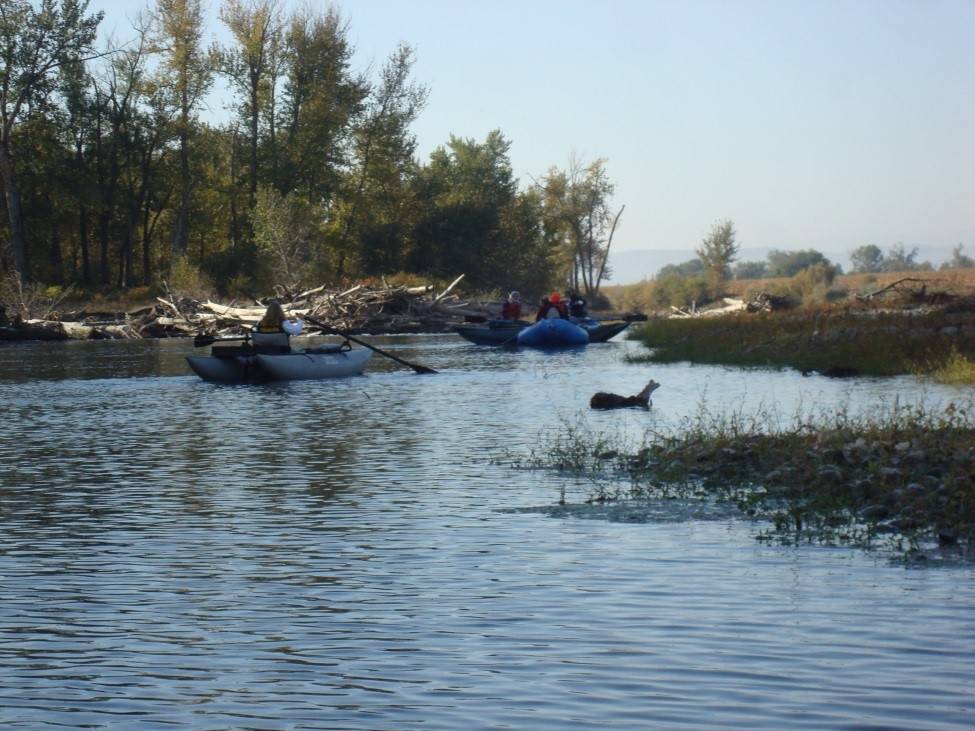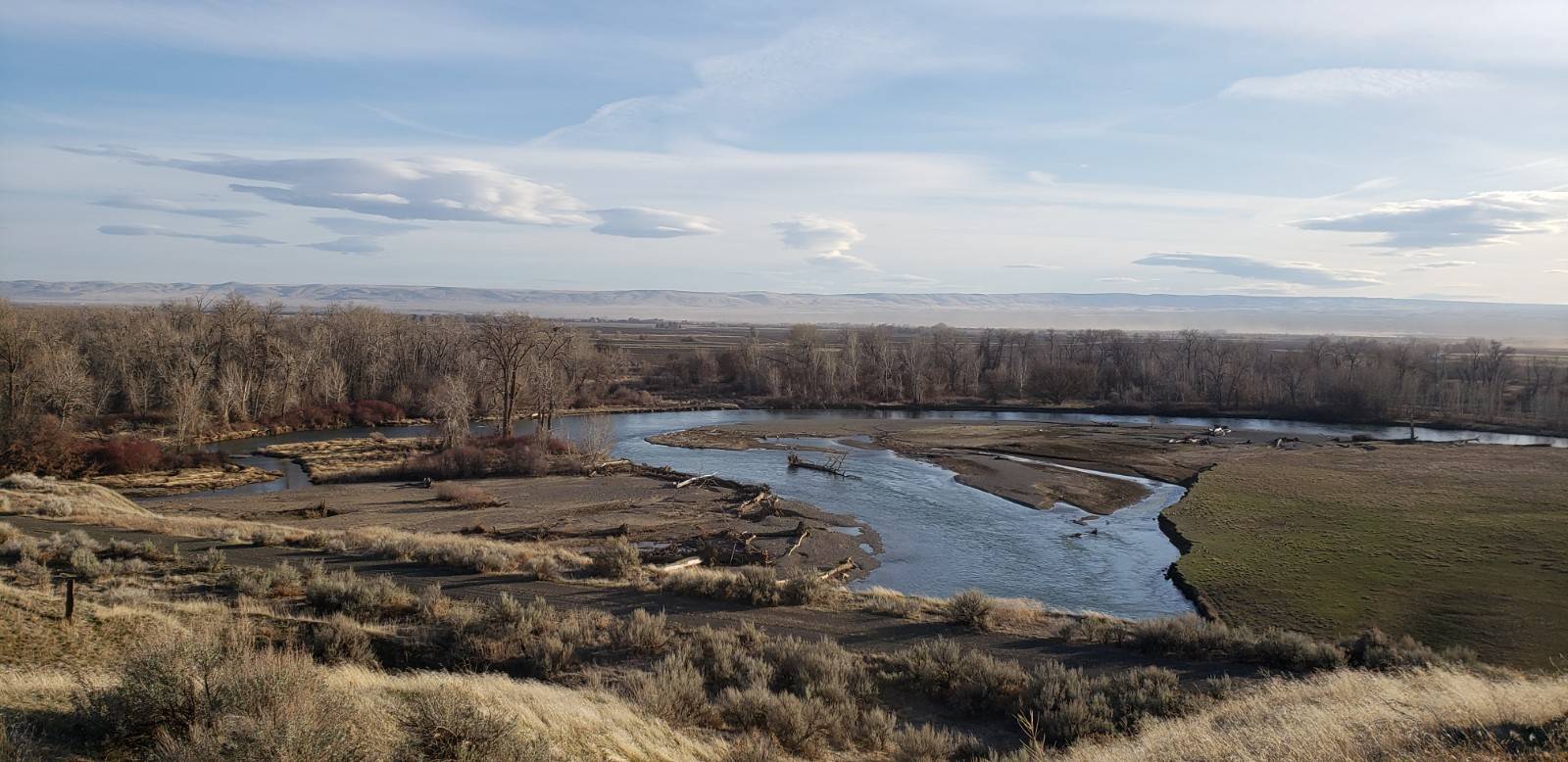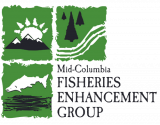
Background
An effort is underway to restore river and floodplain habitat on the Yakima River. Mid-Columbia Fisheries Enhancement Group is working with landowners, and local, regional and state partners to develop and implement restoration projects in this critical section of the Yakima River. The 50-mile long Wapato Reach, between Union Gap and Mabton, contains 20,000 acres of floodplain in the middle of the Yakima Valley’s highly fertile, irrigated agricultural lands. It is a critical migration zone for all salmon and steelhead runs and provides key spawning and rearing habitat for fall and summer Chinook. The reach also sustains important cultural values for members of the Yakama Nation. However, river and floodplain habitat has been impacted by altered flows, floodplain development, levees and transportation networks. Land protection, floodplain re-connection and cottonwood forest restoration are necessary to restore habitat for fish and wildlife in this unique river landscape.


Assessment and Action
Conservation programs undertaken by the Yakama Nation and the Washington Department of Fish and Wildlife have focused on restorating native floodplain vegetation, waterfowl habitat, and anadromous fish habitat, and currently encompasses over 13,000 conservation acres within the Wapato Reach, with the Yakama Nation anticipating adding an additional 2,000 acres in the next 20 years.
In 2012, the Wapato Reach Assessment Report identified a suite of priority actions, to further the restoration of the reach and additional extensive floodplain restoration has been completed by Yakima County.
Recently, partners, including Mid-Columbia Fisheries Enhancement Group, have developed a draft formal guidance document titled the Wapato Reach Action Plan to support funding opportunities, and further refine and develop restoration activities including left back land acquisition, a targeted riparian planting program, side channel restoration and dike setbacks and, where appropriate, dike removal.
Benefits
The goal of work in the Wapato Reach is to restore fundamental river and floodplain processes that sustain fish habitat by restoring floodplains, allowing channel migration, reconnecting side channels, and restoring hyporheic flow. Levee setbacks will increase stream channel habitat while enriching floodplain forests and wetlands. Floodplain forest enhancement will boost habitat complexity for both fish and wildlife like deer, beaver, and migratory songbirds. Because almost all salmon and steelhead pass through the reach on their way to and from the ocean, improvements in smolt and adult survival will benefit fish populations basin-wide. Improved spawning habitat will benefit fall Chinook and help restore the once-lost summer Chinook run. It can also improve cold water refugia and resiliency to higher surface water temperatures.
